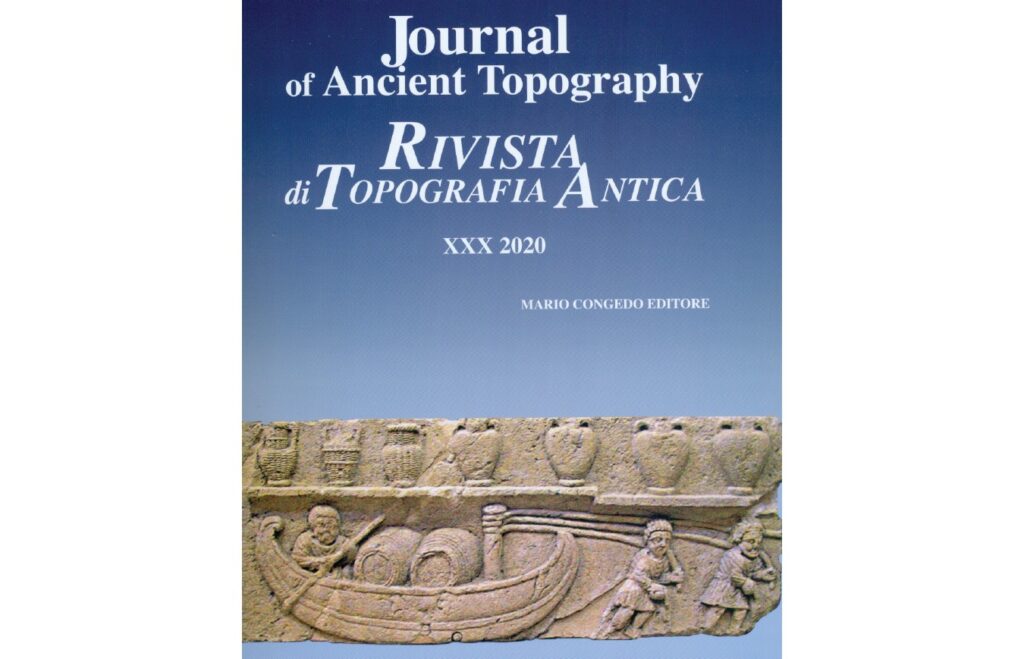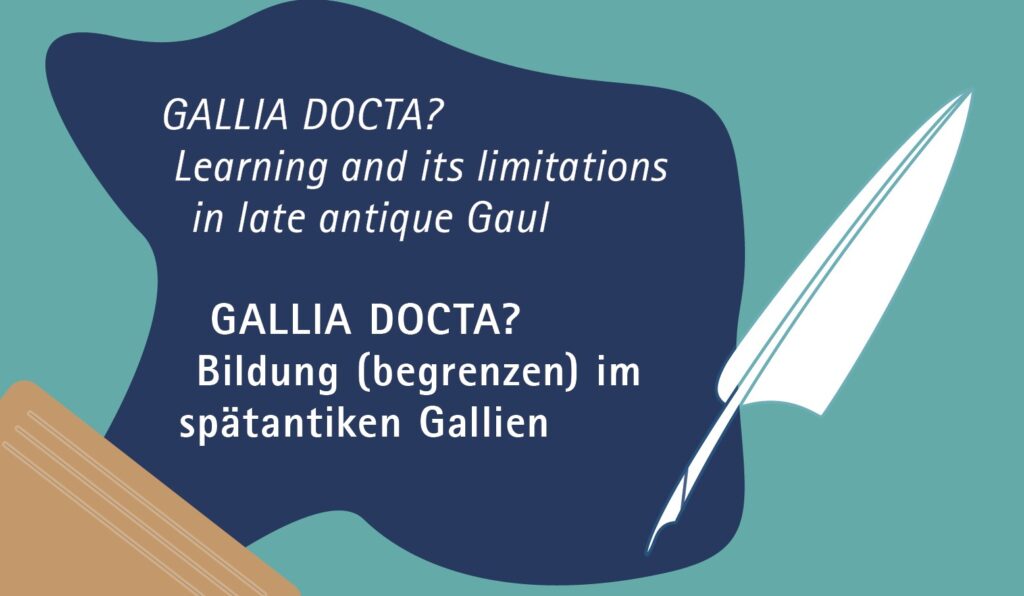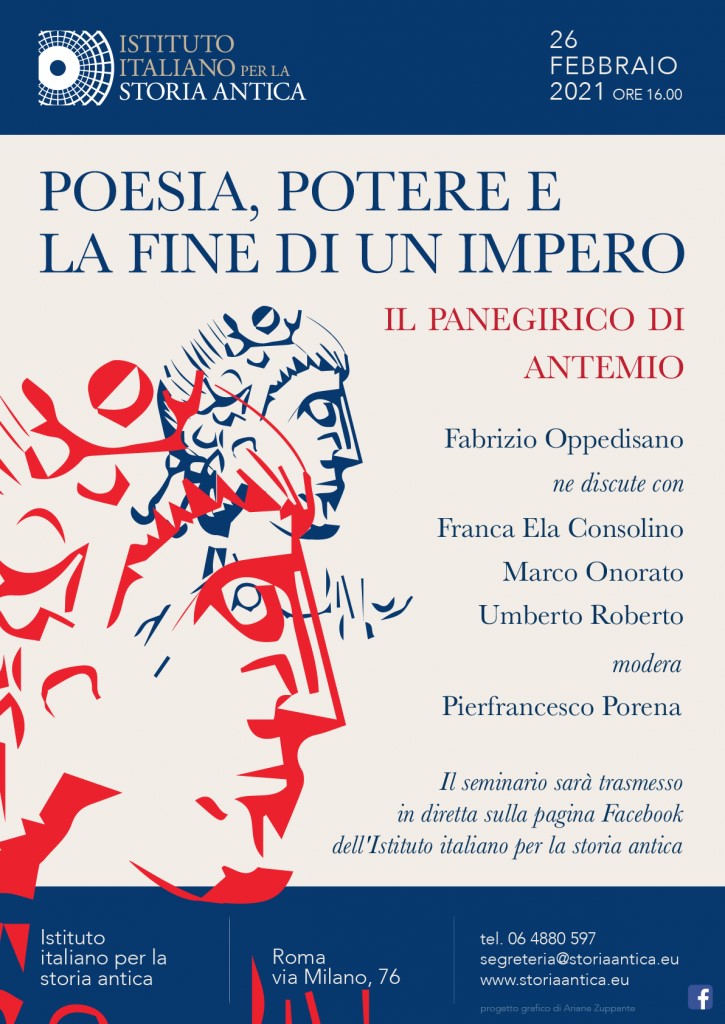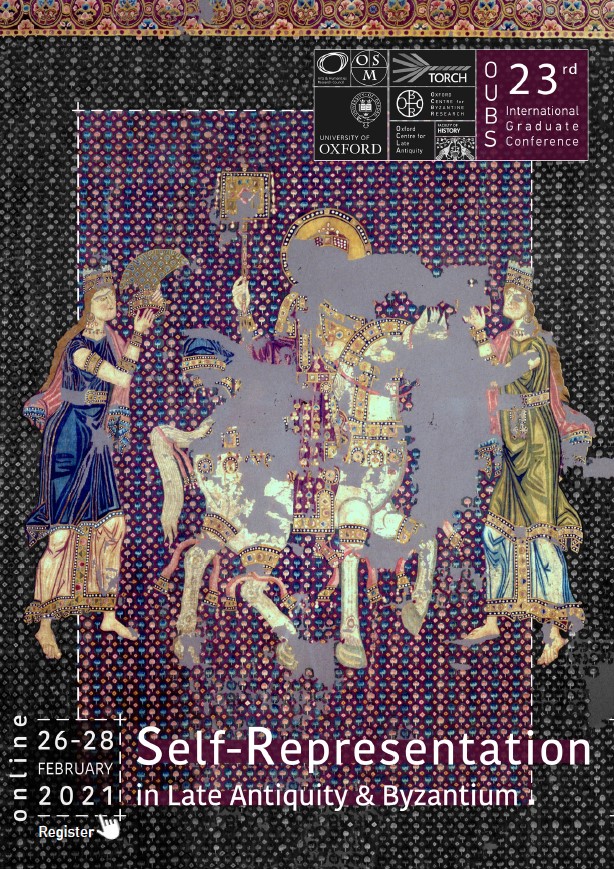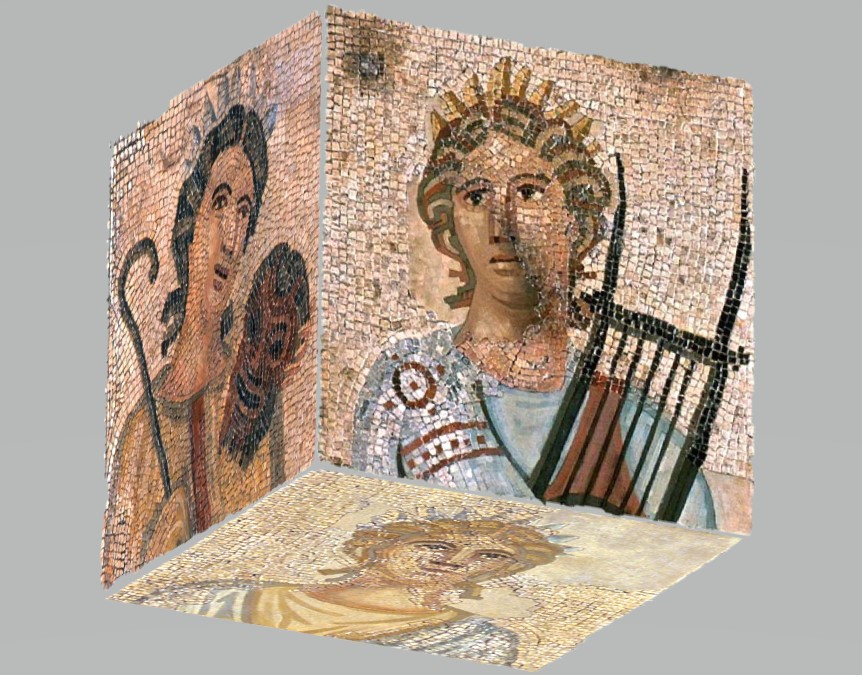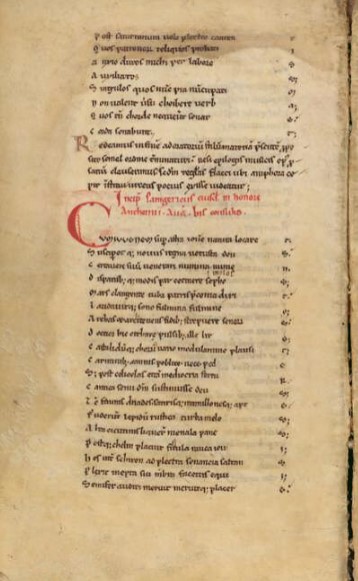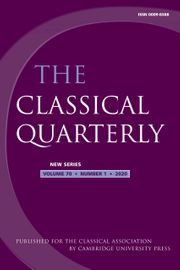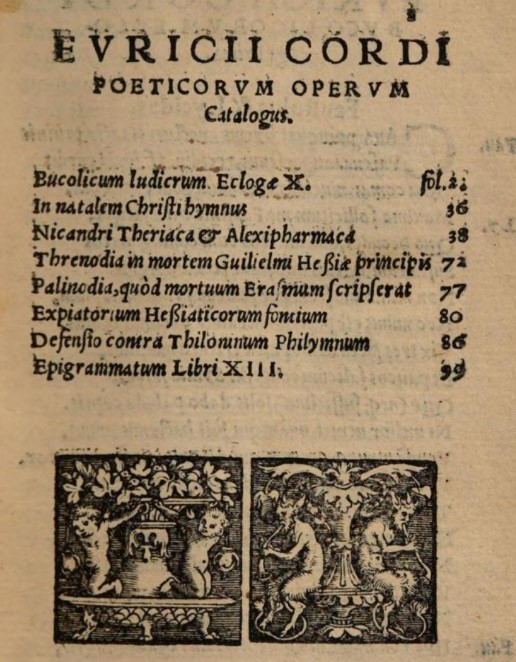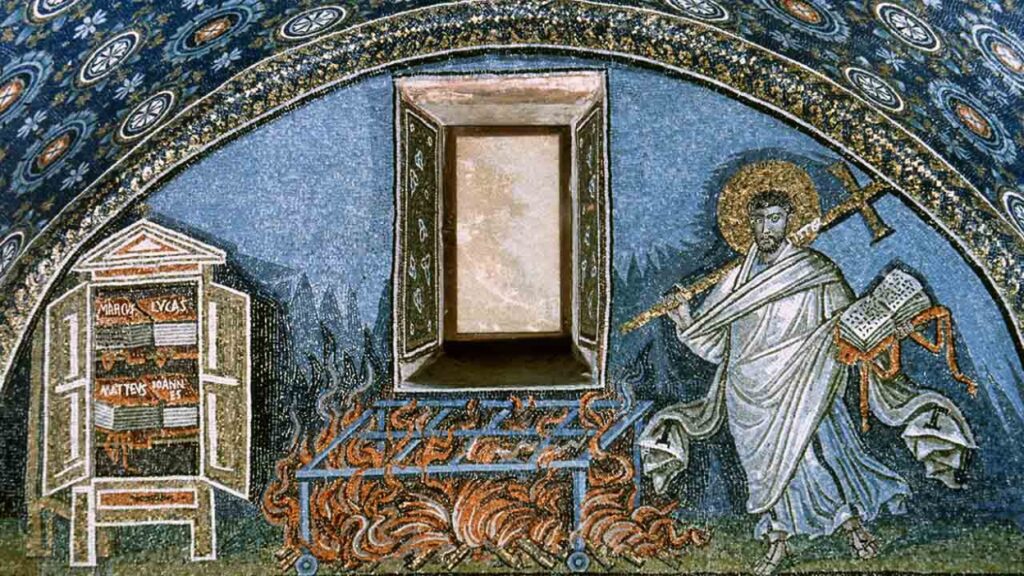Filomena Giannotti (Siena) is to read a paper ‘Je suis le miroir à la fin de la décadence: mirror-games between Sidonius Apollinaris and Jean Marcel’ at the International Virtual Mirror Studies Conference (IVMSC) – Beijing, China.
Date: Thursday 4 March, 3.15 pm CET.
Abstract:
Filomena Giannotti
University of Siena
filomenagiannotti@gmail.com
Je suis le miroir À la fin de la Décadence:
mirror-games between Sidonius Apollinaris and Jean Marcel
467 A.D. ca.
The Gallic-Roman aristocrat Sidonius Apollinaris, who is already an acclaimed poet and in a few years’ time will become a combative bishop, is traveling from Lyon to his villa in the countryside of Aydat. His friend Evodius, through a messenger, begs him to compose a poem to be engraved on a shell-shaped silver basin. He wants to give it as a present to Queen Ragnahilda, the wife of Euricus, who had become King of the Visigoths a short time before. The poet stops for a while, writes twelve lines as required, one for each frill of the chiseled basin, and gives the letter containing the poem (now Sidonius’ Epistula IV 8) to Evodius’ messenger. According to the last four lines, when the Queen is reflected in the water of the basin, her beauty will illuminate the silver.
March 1993.
Jean Marcel (pen name of Jean Marcel Paquette, a Canadian writer of great imagination and irony: 1941-2019), decides to crown his trilogy of novels about the end of the Roman Empire (Triptyque des temps perdus) with a book about Sidonius Apollinaris and the key role he played in Late Antiquity mounting a military and cultural resistance against the Visigoths (Sidoine ou la Dernière Fête, Montréal, Leméac). The chapter entitled Ce que dit le miroir de Ragnahilde le 10 décembre 467 takes inspiration from Sidonius’ Epistula IV 8, but in Marcel’s version Sidonius is only required to write four lines (the last four of the real epigram) and they are destined to be engraved on the frame of a mirror for “the fairest of them all”: the splendid Ragnahilda, every barbaric heart’s dream. When the Queen receives the mirror, she is not able to understand the Latin verses. And, as she is reputed to be a bit of a witch, the silver surface suddenly begins to come alive, as happens in the magic mirror of Queen Grimhilde in the fairy tale Snow White by brothers Grimm (1812), according to the popular iconography widely spread by the Walt Disney cartoon. Looking through those “waves of time”, Ragnahilda glimpses not only this poet, unknown to her, while interrupting his journey to write those lines, but also several crucial episodes from his special life against the background of Roman decadence. The mirror shows her nothing but the agony of the Western Roman Empire: the murders which, one after the other, sweep away the last ten Roman Emperors, until the fateful date of the “noiseless fall” of that Empire (476). It is the same year in which Sidonius’ region, the Arvernia, is ceded to King Euricus. Right before being imprisoned for his resistance, the poet writes a painful letter, which has been called “the epitaph of the Western Roman Empire” (Epistula VII 6). Even though those tragic days are still far away, the Queen is moved and one tear falls on the mirror. The water of time stops floating in the mirror and reflecting distant events…
467-477 A.D.
For a few more years the unknown author of the verses engraved on the frame will be able to devote himself to his works and close his first letter collection with one of his most memorable sentences, «being well aware that the mind is as fully exposed in a book as the face in the mirror» (Epistula VII 18,2: minime ignarus, quod ita mens pateat in libro velut vultus in speculo).
Zoom links for both days of the conference (4-5 March):
Topic: IVMSC 2021 Day 1
Time: Mar 4, 2021 07:00 PM Beijing, Shanghai
Join Zoom Meeting
https://sdstate.zoom.us/j/96750080799?pwd=SCs1WnMwVzVHYmppUzAyazljZGxhdz09
Meeting ID: 967 5008 0799
Passcode: 450280
One tap mobile
+13462487799,,96750080799# US (Houston)
+16699006833,,96750080799# US (San Jose)
Topic: IVMSC 2021 Day 2
Time: Mar 5, 2021 06:00 PM Beijing, Shanghai
Join Zoom Meeting
https://sdstate.zoom.us/j/96609400895?pwd=YmtPL1J5a3BxMU1acnYyREZEVk04QT09
Meeting ID: 966 0940 0895
Passcode: 551349
One tap mobile
+16699006833,,96609400895# US (San Jose)
+13462487799,,96609400895# US (Houston)


